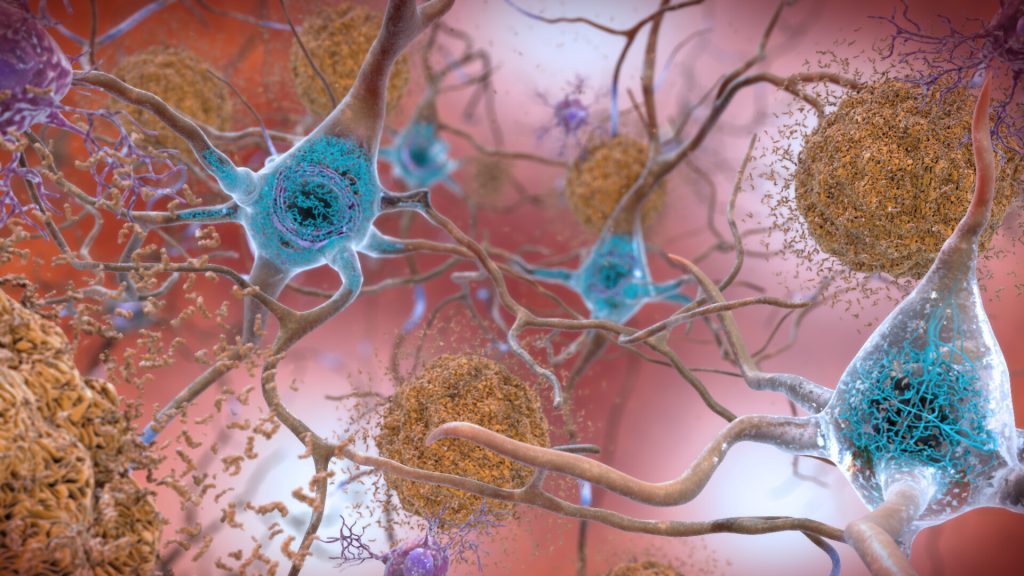Killer T Cells Grab and Twist Cancer Cells Like Expert Warriors

While killer T cells have long been known to kill cancer cells with a cytotoxic weapon, new research has shown that they deliver the lethal strikes like expert warriors, grabbing and pulling the cancer cell’s membrane to more easily penetrate it like a dagger penetrating armour. The findings are detailed in a paper published in Developmental Cell.
Killer T cells are armed with lytic granules containing two key components for immune attack: a perforin proteins stabs a hole in the cell membrane, and the lethal granzymes which kill the cell.
T cells cosy up to targeted diseased cells in a close junction called the ‘cytotoxic immunological synapse’.
A research team at UNSW Sydney has found that mechanical forces generated by T cells influence how effectively perforin can punch through tumour cell membranes. The researchers describe the cell interactions and the integration of forces at both the front and rear of the cell.
The researchers detected physical forces within T cells that propel lytic granules toward the immunological synapse where their payloads are released. These forces also enable T cells to grab onto regions of the cancer cell membrane where the membranes of both immune and target cells are pulled and manipulated.
“It was very exciting to discover that, in addition to its mechanical tension and biochemical configuration, the shape of the target cell membrane plays an important role in T cell mediated cancer cell killing,” said Dr Daryan Kempe at UNSW Medicine & Health who co-led the research.
By stretching and bending the membranes of tumour cells in a certain direction, T cells made it easier for perforin to punch through, but only if the membranes were bent in the right direction.
Bias towards outwardly curved cell membranes
Using human melanoma cell lines, the researchers demonstrated that perforin preferentially perforated outwardly curved tumour cell membranes, rather than inwardly curved ones – which may help the T cells avoid being harmed by their own attack.
“As the granules arrive, their contents will be emptied at this region of the membrane that is very highly curved. That there was a bias between positively curved and negatively curved membranes was completely unexpected,” said senior Associate Professor Maté Biro at UNSW Medicine & Health.
Source: University of New South Wales











